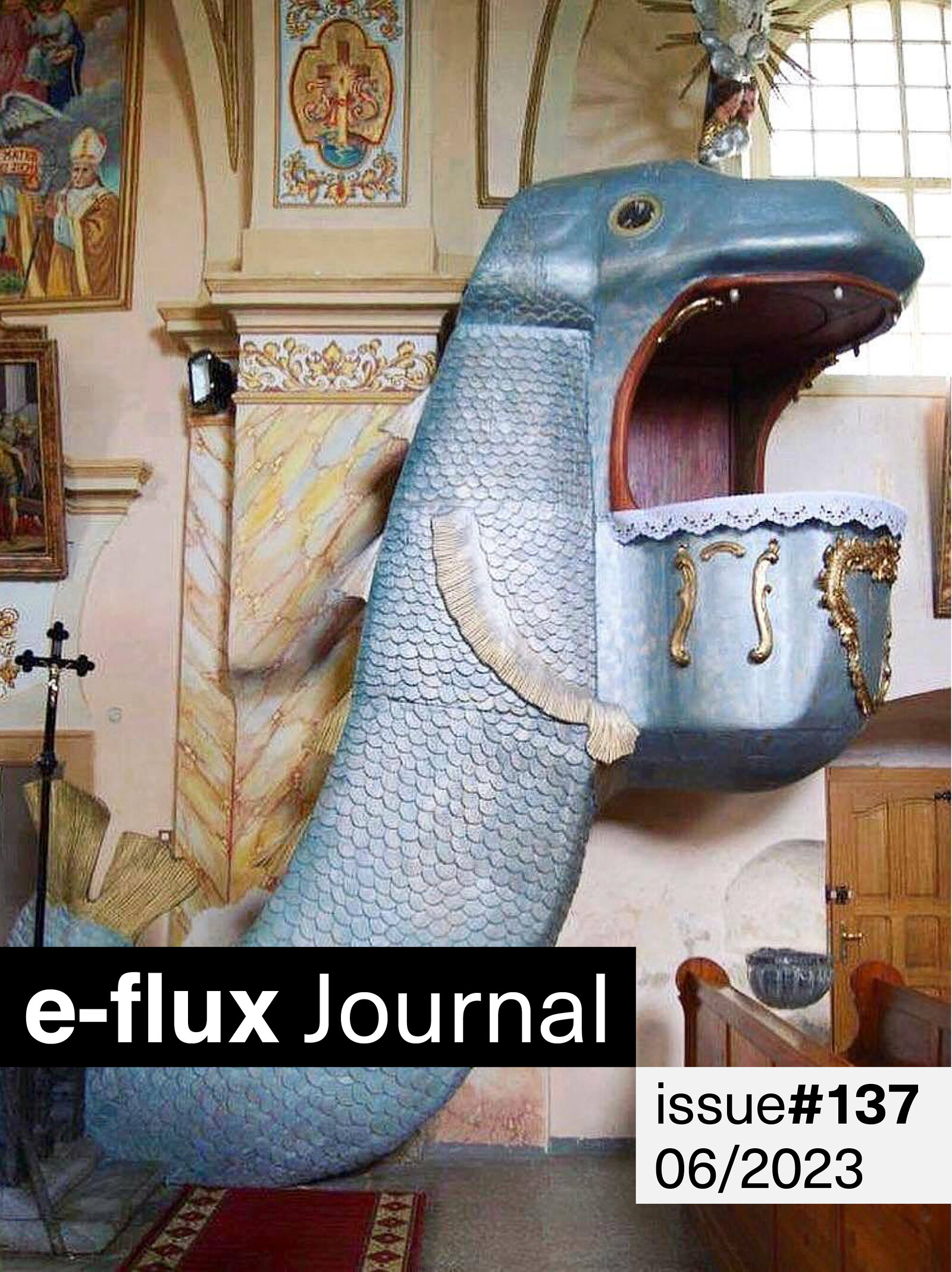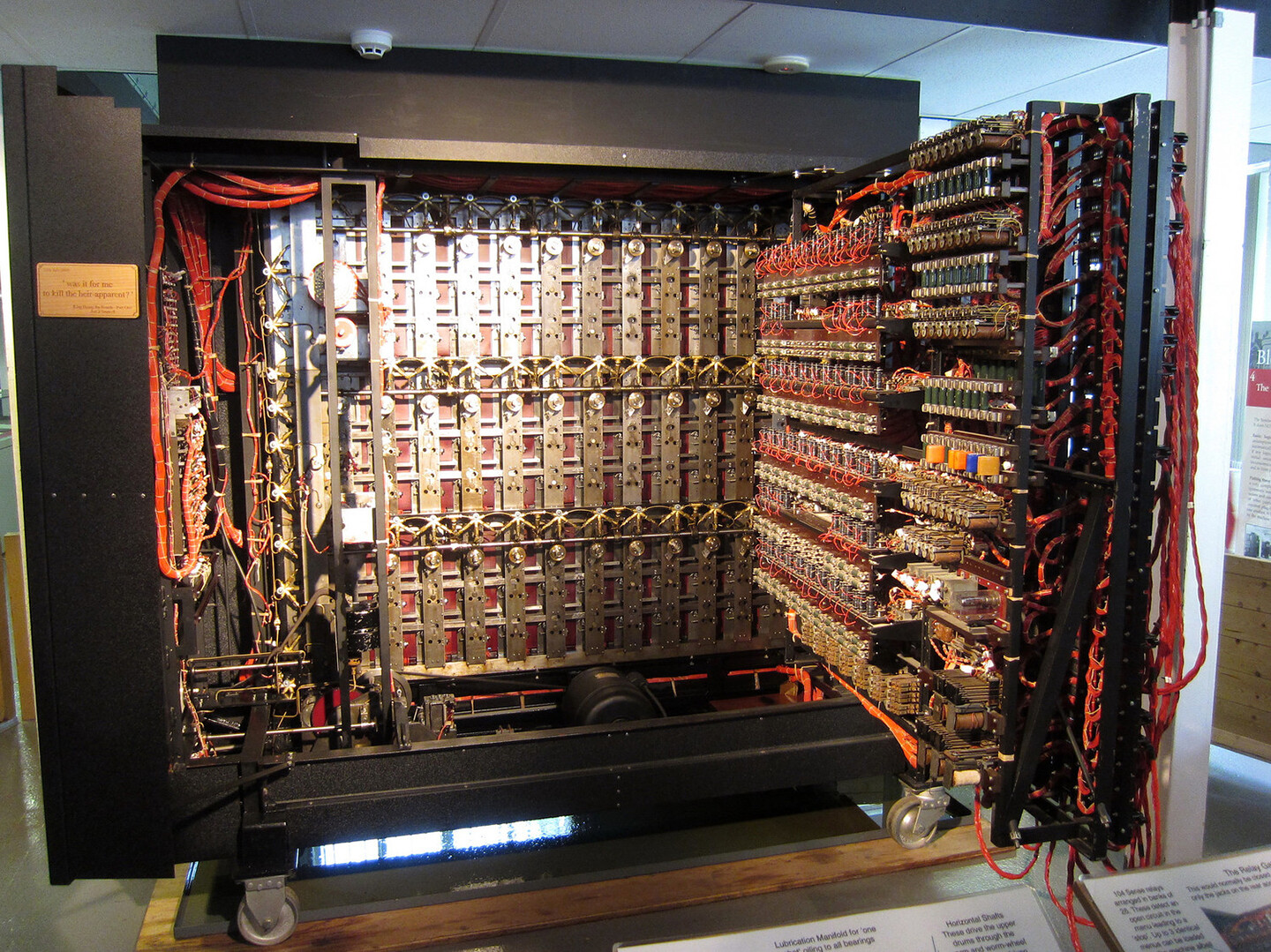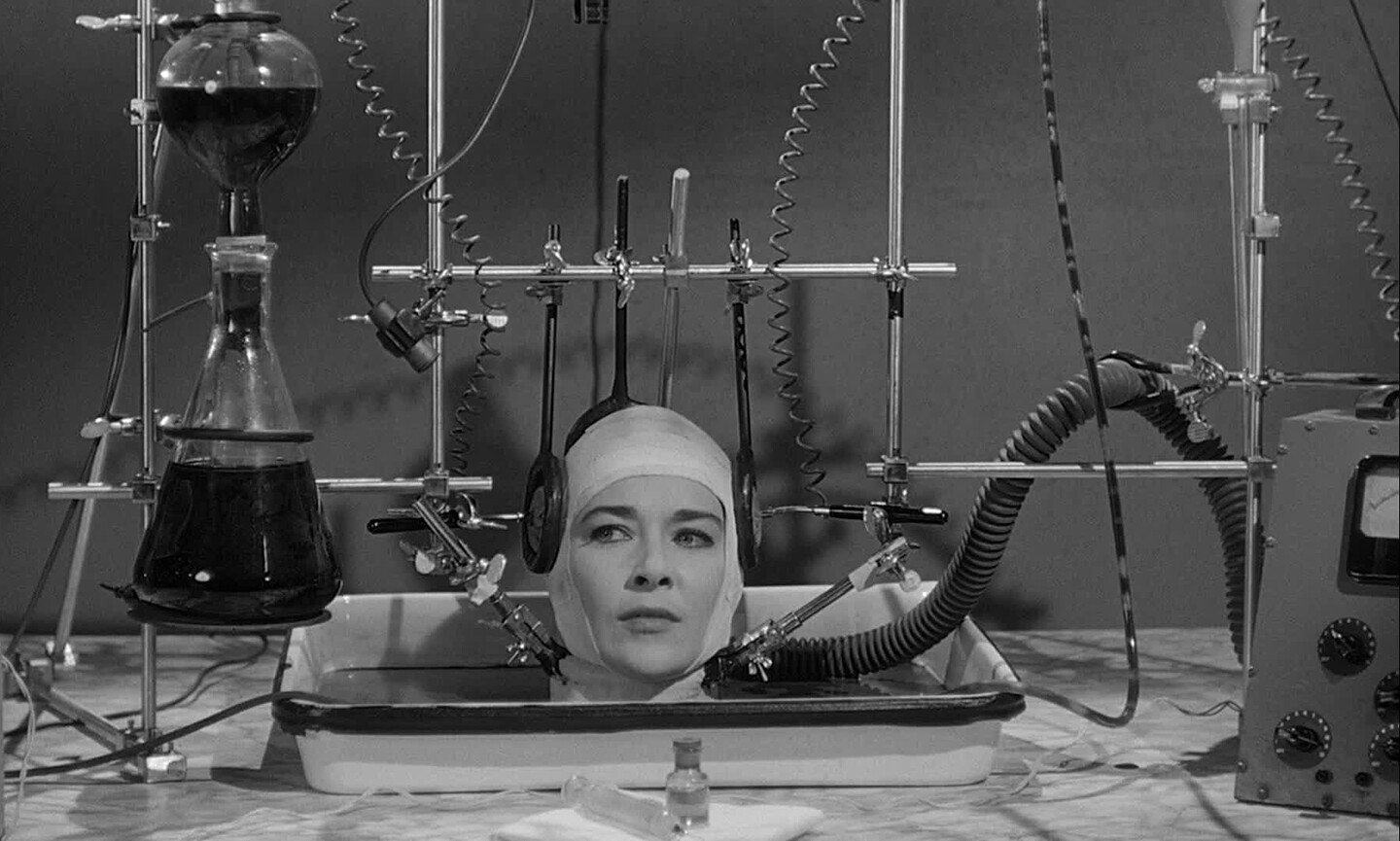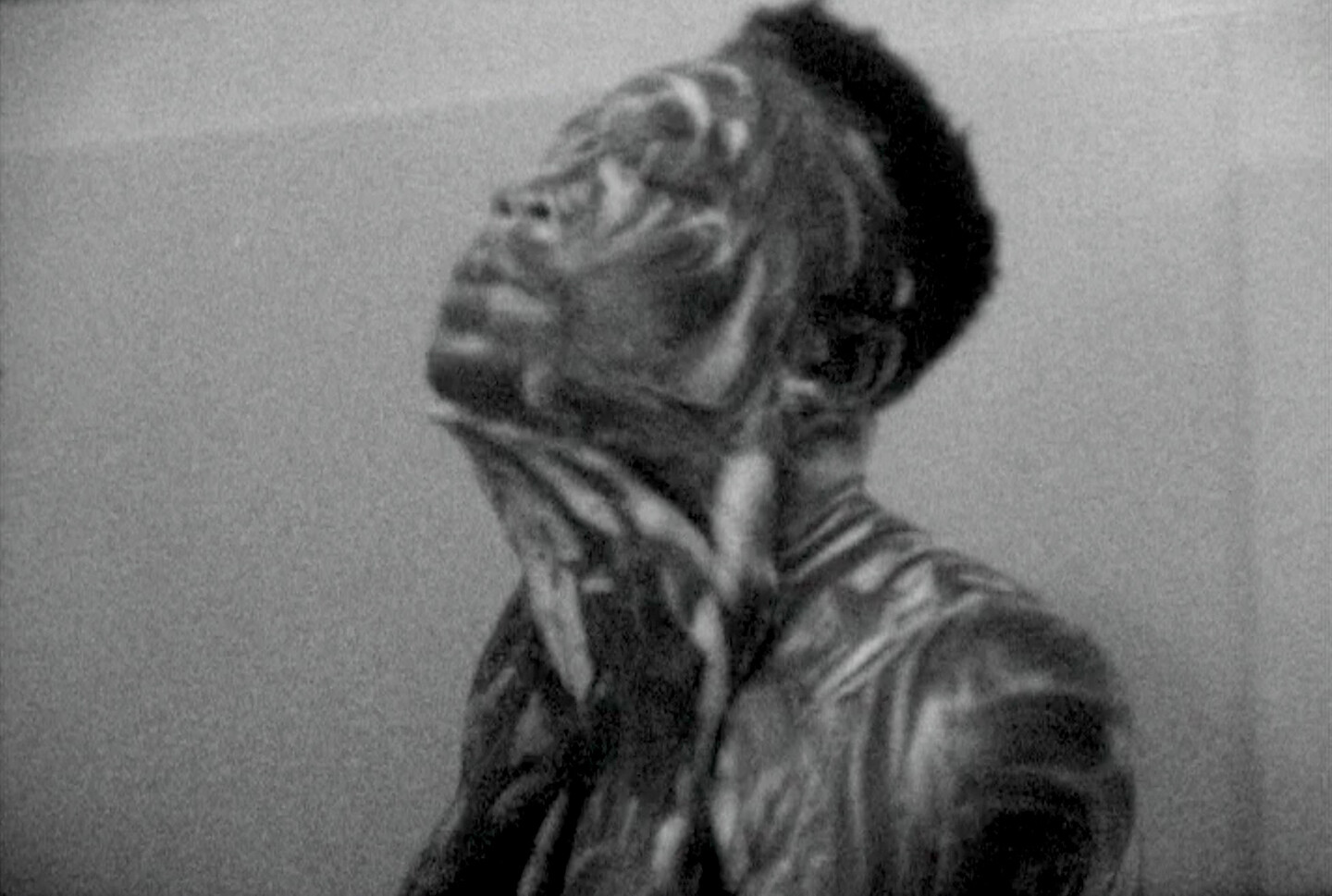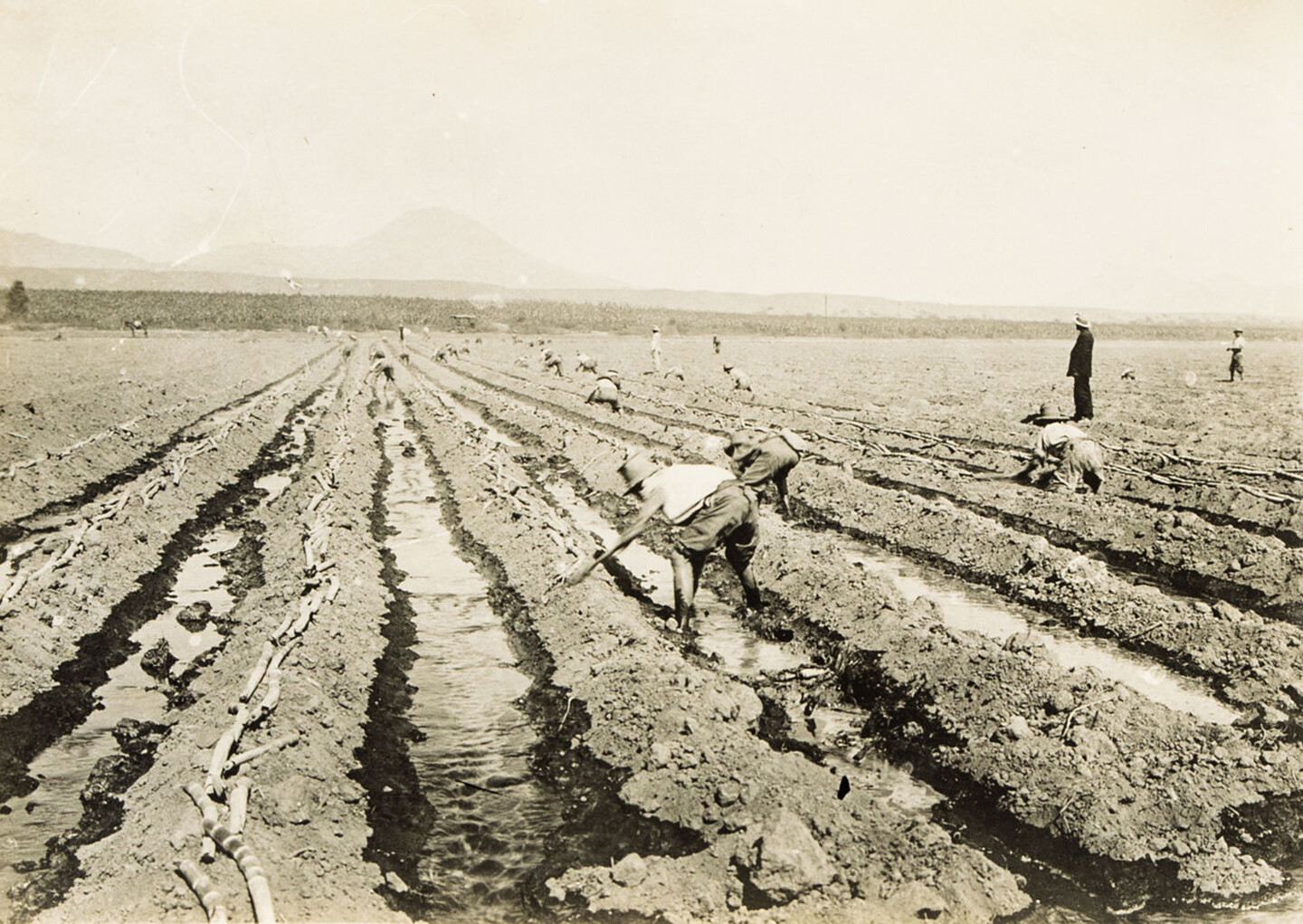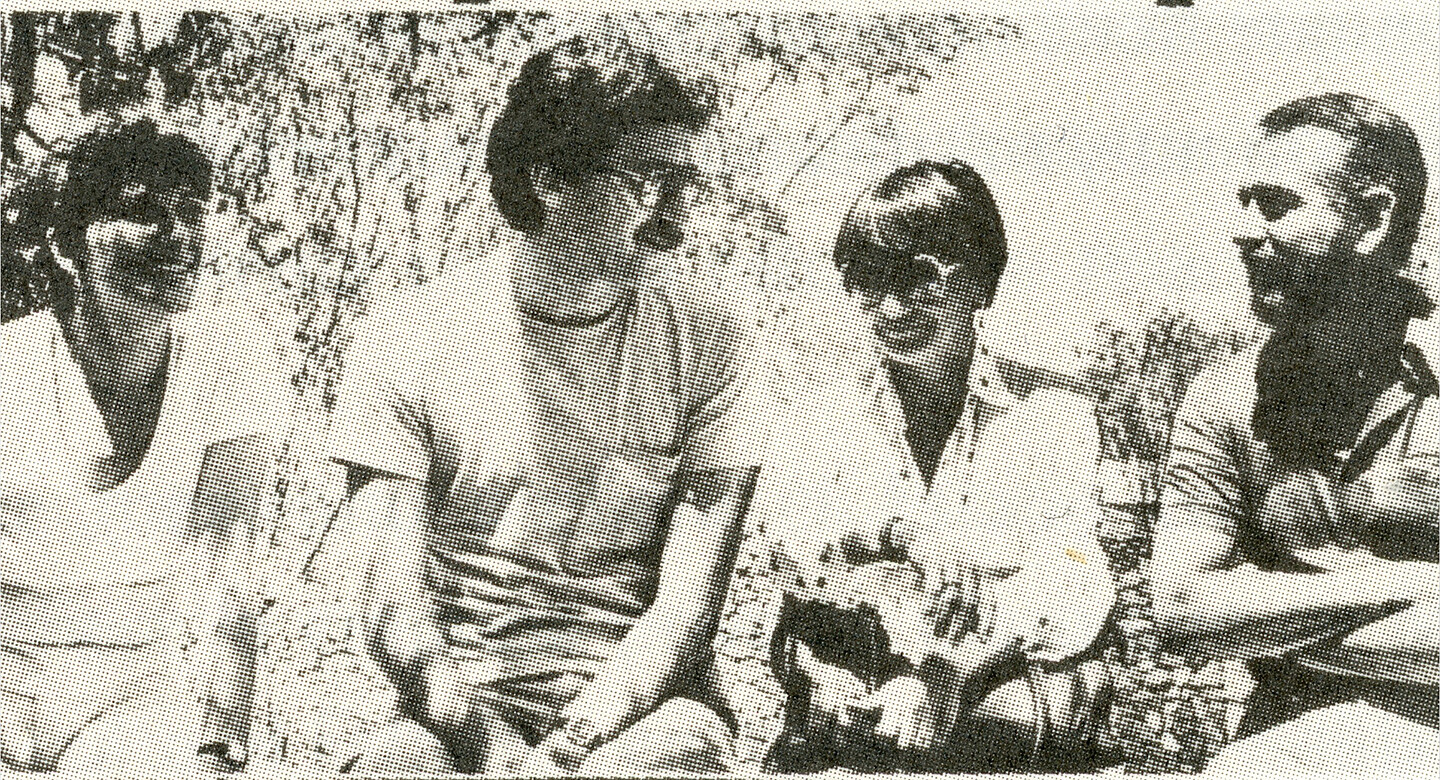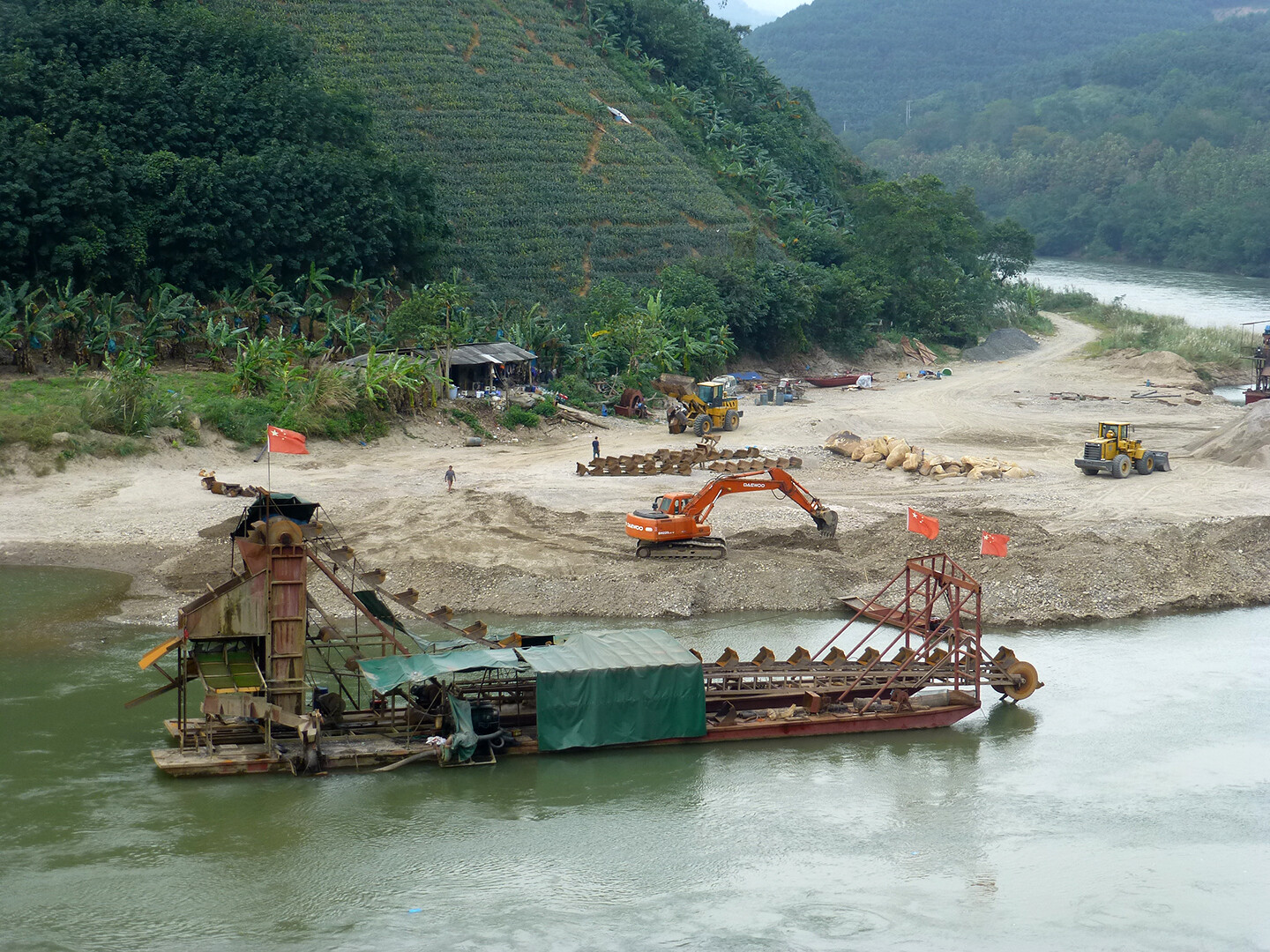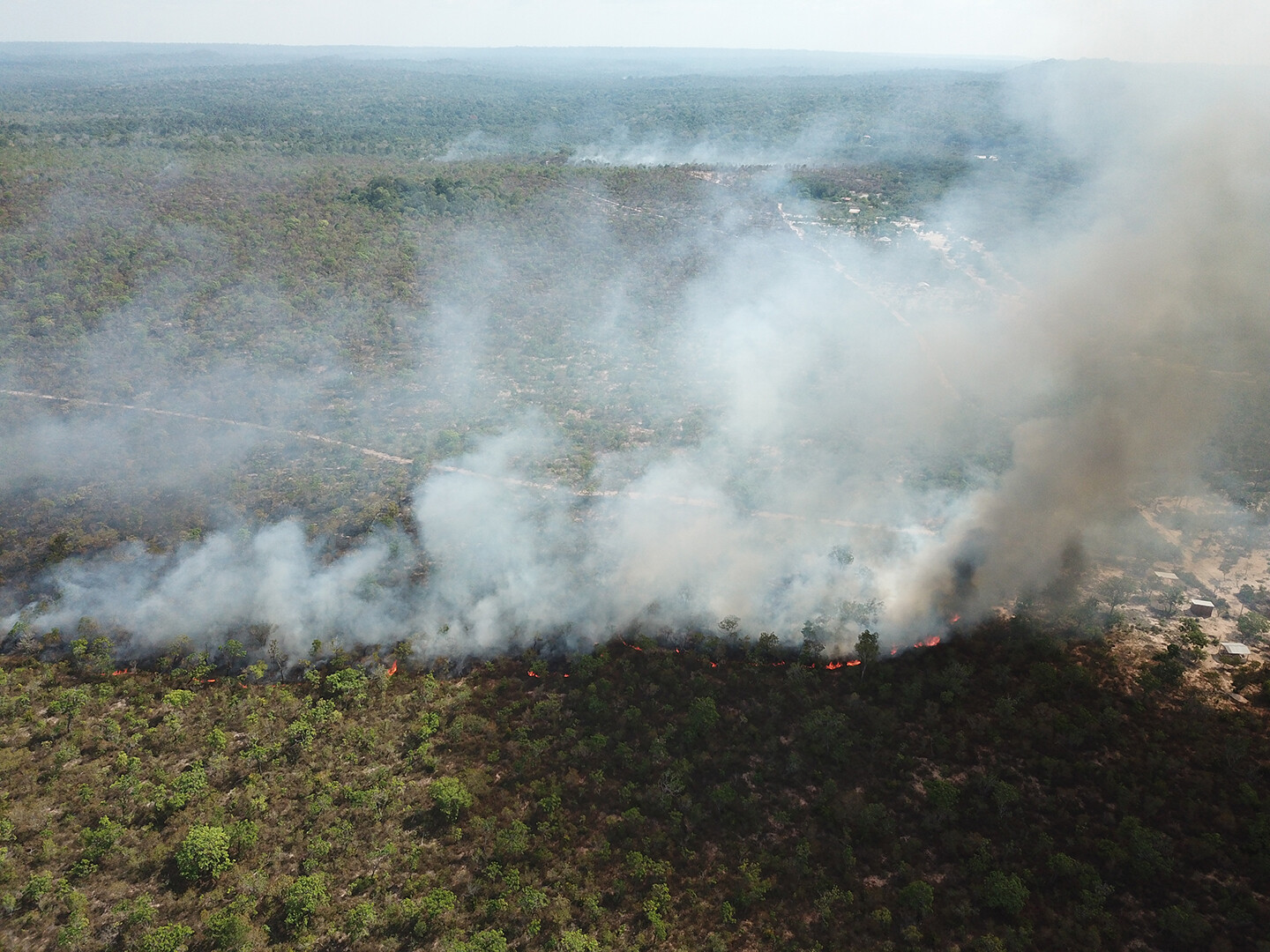Today’s humans fail to dream. If the dream of flight led to the invention of the airplane, now we have intensifying nightmares of machines. Ultimately, both techno-optimism (in the form of transhumanism) and cultural pessimism meet in their projection of an apocalyptic end.
Often it seems like we are facing so many endings that we can only be living in the end times—a self-annihilation whose inevitability even appears deliberate. From climate projection to daily news, much of the apocalyptic tone we encounter has an almost celebratory character, as if the end times were more of an ideological construction than a common observation. Certainly a lot of it is macho clickbait or political brinkmanship, and in some cases actual worlds ending. But it also carries a stranger imaginative character in the absence of any significant political imagination by traditional standards. Indeed, taken as a literary tool more than a documentary one, perhaps there is more to the end of the world than we thought.
Two parallel world histories are unfolding, with ubiquitous but still disparate points of intersection: the history of geopolitical, environmental, and mental chaos on the one hand, and the history of the automatic order that is extensively concatenating on the other. Will it always be like this, or will a short circuit happen in which chaos takes over the automaton? Or will the automaton rid itself of chaos, eliminating the human agent?
Back in the late ’80s, after the wrap-up of both Bambis, Natalya Bondarchuk relays that the animal doubles of the human actors were donated to the child survivors of the Chernobyl meltdown. In my head, I draw a misshapen map of the USSR; motion lines trace the relocation sites of irradiated children and the forever homes of the animal stars. But what of tonight’s nuclear battlefield? Is there a functional live webcam out there in the Zone of Alienation where I can tune into a shaking spider secreting a skewed lattice of sunlit gossamer strands—its bright irregular warp indicating persistent mutations in her body? Might I spy, with jaundiced, remote eye, the spider eating her own web? After a trauma-feed, she’s full (again) on her own distortions.
It was only natural that hope for survival was directed towards the museum system. After all, like art objects, humans are only particular material bodies, which can be kept intact and/or repaired and restored if necessary. The State took over the function that had earlier been fulfilled by God and Church. The State was not only responsible for the well-being of the living population but also for its immortality. This care was delegated to the curators.
I wish there was a better way to articulate this to you, but life for a Black man is uneasy.
We intuited that as cholas we were already a threat to the system. We were illegitimate, yet we would prevail.
The object to be investigated here is no longer Latin American identity or cultural dependence, but the socioeconomic and ideological determinations of the plastic object. The premises have changed.
In the face of these predicaments, it seems that countless non-Western avant-garde artists have been confronted with a sort of Hobson’s Choice: either reject the specific sites and roles that have been assigned to them by Western critics, curators, and institutions, or else renounce them and be integrated into The Contemporary.
Kalyanee Mam’s film throws sand in the gears of the global city, marking the asymmetry between its curated artifice and the remote terraqueous landscapes this curation predates upon, unsettling the ground on which the city-state projects its most delirious fictions of sovereignty through stolen sediment.
Once again, we find ourselves facing the fallout of the democracy-led energy-supply model developed in nineteenth-century England, in which vast tracts of land were destroyed, subjected to violence, processes of degradation, and excessive toxicity in the name of energy production, whether in the form of fossil fuels or grain with a high protein content. The Western model of democracy has created sacrificial landscapes where both concepts—landscapes and democracy alike—may be sacrificed to wildfire.
